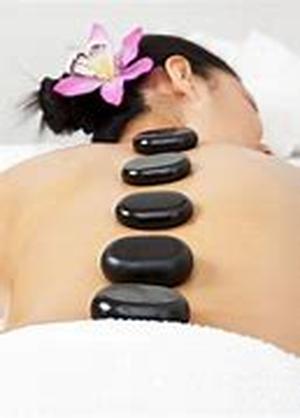
The Horse Chestnut Is Known By Two Names. Aesculus Hippocastanum The Term Aescalus Is Derived From The Greek Esca Or Food. It Is Used Originally To Describe A Species Of Oak, Which According To Pliny, Was Highly Prized For Its Acorns. It Is Also Called Hippocastanum Vulgare Is A Translation Of Its Common Name, Which Was Given From Its Curing Horses Brokenwinded And Other Cattle Of Coughs. A Native Of Northern And Central Parts Of Asia, The Horse Chestnut Is Entirely Different From The Sweet Chestnut Tree. The Resemblance Of The Horse Chestnut To Its Distant Cousin, The Sweet Chestnut, Led Some To Believe That The Prefix Horse Is A Corruption Of The Welsh Gwres Which Means Hot, Fierce, Or Pungent. Thus, Horse Chestnut Really Means Bitter Chestnut And Opposite Of The Mild, Sweet One.The PlantThe Horse Chestnut Has A Trunk That Is Very Erect And Columnar, Growing Rapidly To Great Heights. Its Widely Spreading Branches Make The Horse Chestnut An Ideal Plant For Ornamental Purposes. In The Spring, When The Flowers Are In Full Bloom, The Tree Presents A Beautiful Sight In Towns, Private Gardens, And In Parks. The Bark Of The Horse Chestnut Is Smooth With A Grayish-green Color. It Was Used Before As A Yellow Dye. The Wood, Which Is Soft And Spongy, Is Used Not As Timber But For Packing Cases. Horse Chestnut Has Leave That Are Large And Divided Into Five Or Seven Leaflets. These Tiny Leaflets Spread Like Fingers From The Palm Of The Hand With Serrated Margins That Look Resemble Fine Teeth. All Over The Small Branches, The Horse Chestnut Bears Curious Marks Resembling Miniature Horseshoes. This Is Probably Where The Plant Got Its Name.Health BenefitsIn The Autumn, The Horse Chestnut Tree Produces Prickly Fruits That Contain One To Three Large Seeds Or Nuts. Extract From These Nuts Were Used By European Doctors As Early As The 1800s To Help Treat Varicose Veins, Hemorrhoids, And Other Disorders Caused By Fragile Veins And Sluggish Circulation. Today, Horse Chestnut Ranks Among The Most Common Prescription Herbal Remedies, Next To Ginkgo Biloba And St. Johns Wort. It Is Also Widely Popular In Germany Where It Is Used For Its Positive Effects On The Circulatory System.Medical Research Made On The Horse Chestnut Led To The Discovery Of The Substance Aescin Present In This Herb. Aescin Is Described As A Group Of Chemically Related Substances Called Escin. It Is Considered As The Main Ingredients That Lends The Horse Chestnut Its Therapeutic Properties. Aescin Can Reduce Inflammation. It Can Also Tone Up Vein Walls, Thus Allowing Blood To Flow Back To The Heart With Ease. To Accomplish This, Aescin Is Said To Plug Up Minute Holes And Microscopic Leaks In The Tiniest Blood Vessels, Venules, And In The Capillaries So The Blood Will Remain Unobstructed As It Travels Towards The Heart. Because Of The Ability Of Aescin To Reinforce The Veins, Horse Chestnut Is Said To Promote Vein Elasticity And Prevent Swelling And Long-term Damage To Them.Buying InformationHorse Chestnut Supplements Are Available In Several Forms, Including Powder, Ointment, Lotion, Liquid, Gel, Cream, And Capsule. As A Special Tip, The Standardized Formulation Of Horse Chestnut Seed Products Is 50 Mg Aescin Per Dose. Look For This Formulation In Labels And Buy Those Products With This Formula. TOTAL WORD COUNT - 555KEYWORDS "Horse Chestnut - 17 (density 3.1)





